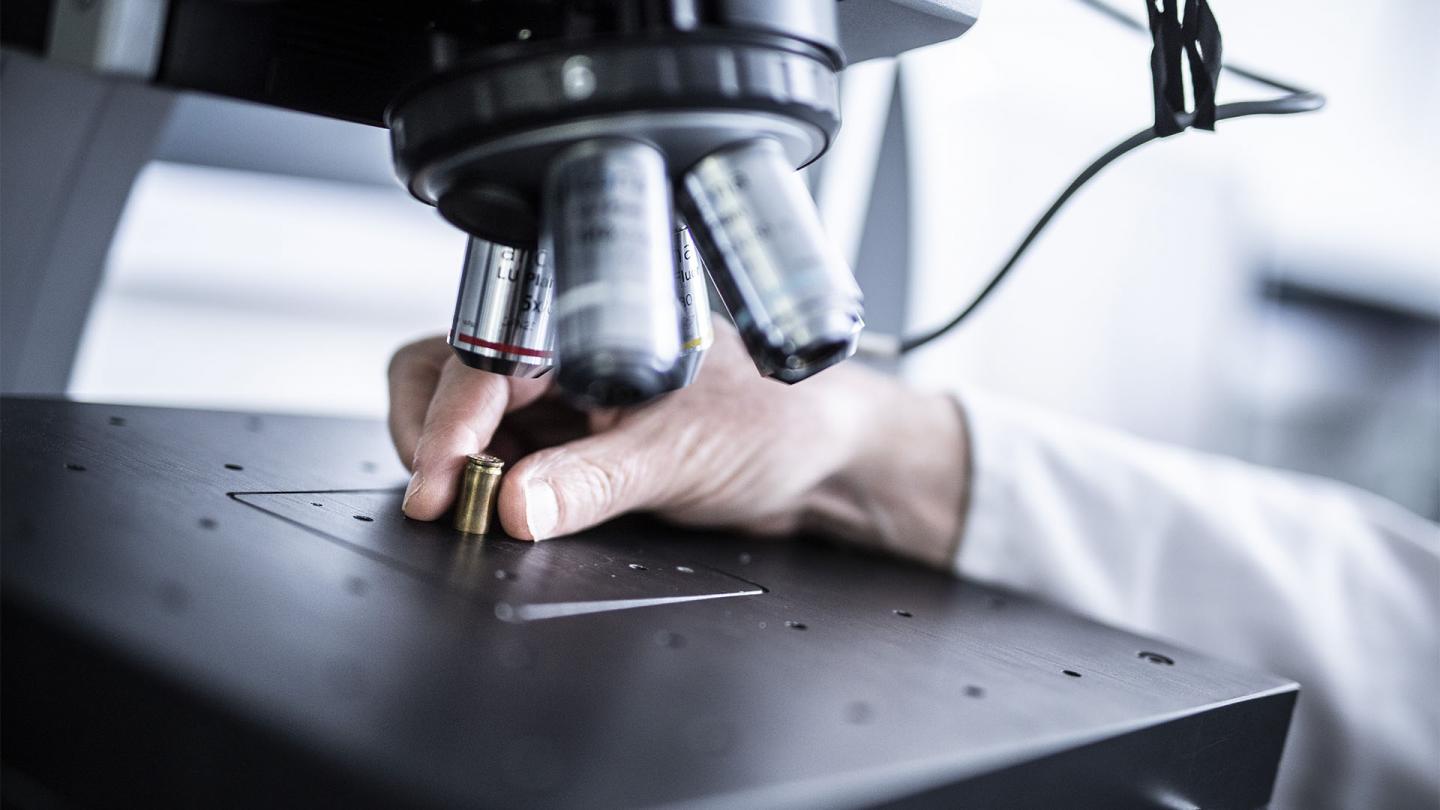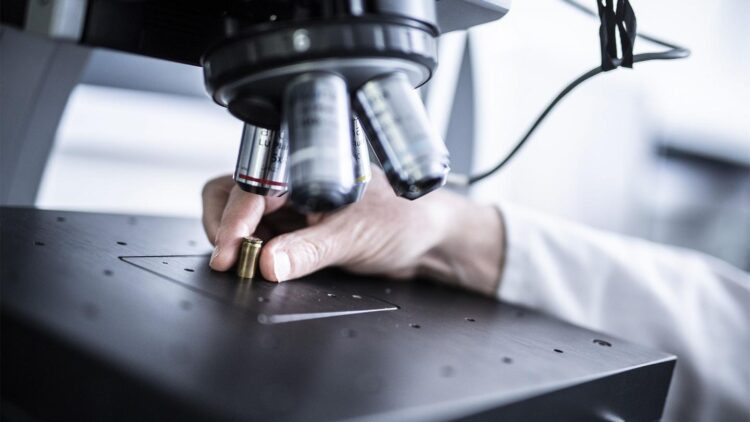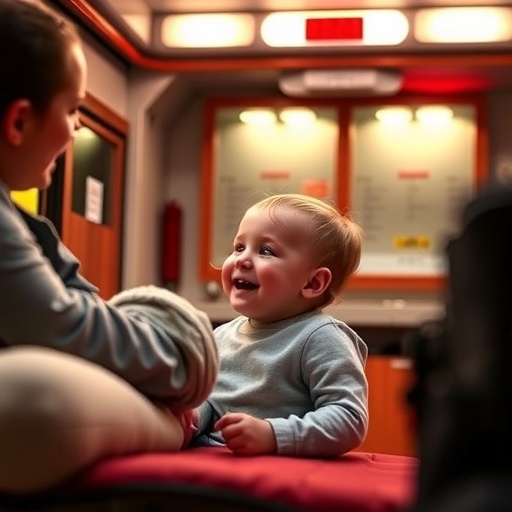Data at the heart of work into better tracing of illegal firearms and ammunition

Credit: University of Huddersfield
Katie has been named as the Beloe Fellow 2021 by the Worshipful Company of Scientific Instrument Makers (SIM), the London-based Livery Company that promotes the craft of scientific instrument making.
Her research looks at harnessing advances in digital information and data to improve the identification of bullets and weapons. The results can be presented as evidence, meaning that courts cases may not hinge on subjectivity or different interpretations of visual evidence.
Having earned her degree in Forensic and Analytical Sciences in 2013 followed by her Engineering PhD four years later, both achieved at Huddersfield, Katie’s journey at the University will continue when she becomes a lecturer in Forensic Science here in September.
“My research is to move away from opinion-based evidence to quantifiable measurements and techniques,” says Katie. “In courts in the UK and Europe, currently it is down to visual pattern matching. You will get two bullets, look under a microscope and you will see different patterns on the bullet. It is all visual, there is no quantifiable measure and it is based on opinion.”
After achieving her PhD with her thesis entitled “The application of advanced metrology techniques to ballistic toolmark investigation”, Katie has continued her work with the University’s Centre for Precision Technology (CPT) with a patent meaning the research can be applied widely.
“Instead of using 2D pictures, we can capture the topography of the bullet and overlay a percentage match instead,” she adds. “It is based in signal processing and quantitative methods, rather than qualitative ones. It helps across borders, like across the EU – if everyone uses the same methods, it will be easier to find firearms going across borders more quickly. That is a big issue in the EU.”
Another problem is that old guns can be modified and put into circulation illegally – the subject of so-called “workshopped” guns being used by criminal gangs was a key part of the popular BBC series “Line of Duty”.
Katie’s research addresses this problem, and she will be supervising two PhD researchers who will continue what she has started.
“One is looking at using CT scans to assess modified antique firearms, which are a big problem in the UK. It is very easy to get hold of antique firearms to modify and then use them.
“We are also looking at how does the topography change if you are looking at the marks on bullets made of brass, steel or nickel? Minute changes in how the material reacts can have alter how we can measure them. If we can quantify that and predict it, we can then use it in algorithms to eradicate any differences from the materials.”
Katie is also taking her knowledge out into local primary schools, speaking to girls about how there are opportunities for them in science, technology, engineering and mathematics (STEM) subjects.
“It’s not just spanners and bolts, there are forensic and medical aspects to engineering and it’s important that I put that over to girls at school as well as in my specific women in engineering lectures.
“I am incredibly thankful to Prof. Dame Jane Jiang for nominating me for the post and being so supportive of my research for the last eight years. I feel honoured to have such a successful livery company have the faith in me to award me this prestigious fellowship.
“I must also thank Professor Liam Blunt, the director of the CPT, for all his support and involvement in my projects as my supervisor and subsequently my line manager. The help of the Rev Dr Paul Wilcock, from the Arms and Armour Research Institute, was also invaluable when procuring weapons for test firing sessions.”
###
Media Contact
Tim Oscroft
[email protected]
Original Source
https:/





